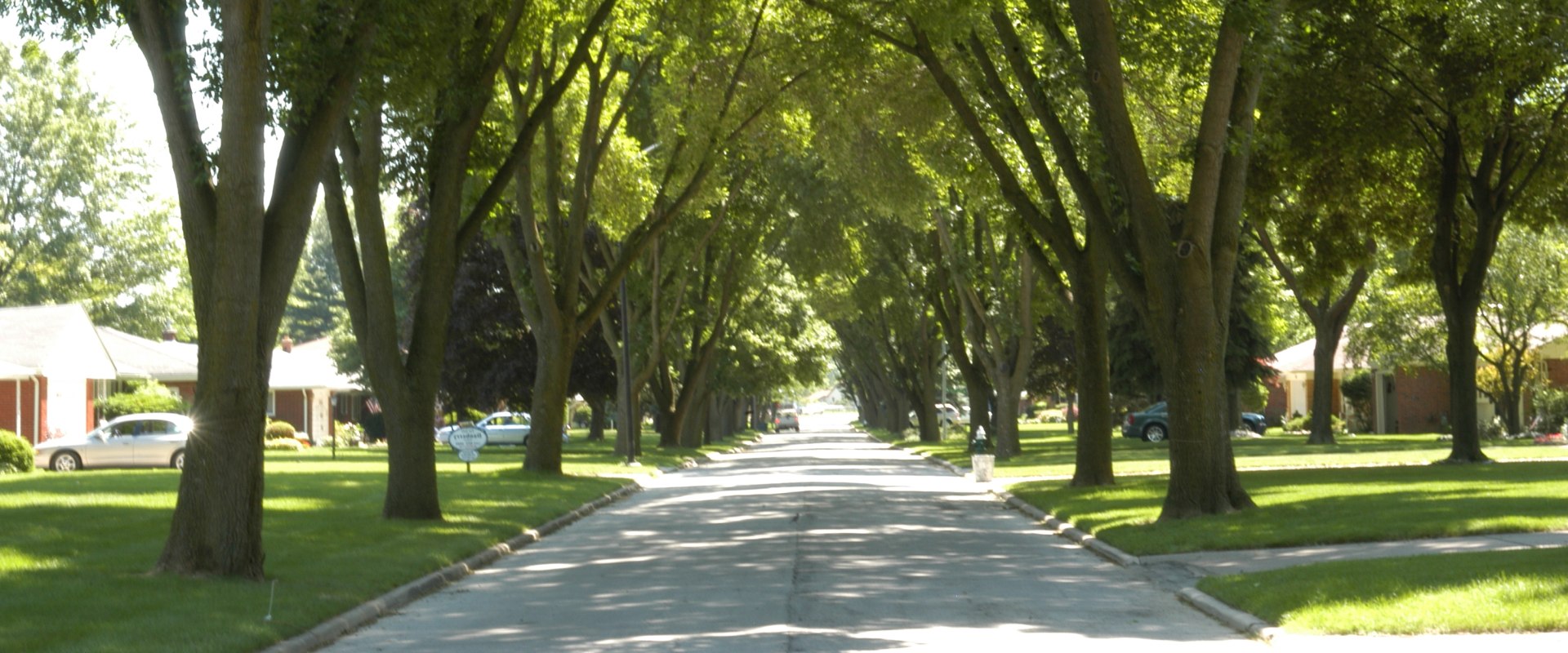In addition to the obvious aesthetic benefits, trees within our urban forest improve our air, protect our water, save energy and improve economic sustainability. They are called trees and they have 350 million years of experience caring for our planet. Fortunately, when modern cities began to form, someone had the clever idea of planting trees there as well, so that we could enjoy the benefits they bring even in our urban communities. In a single season, 1 mature leafy tree can produce enough oxygen to allow 10 of us to breathe.
This is most important of all in densely populated and polluted areas, such as cities, where average oxygen levels are expected to be at least 6% lower. In a year, a single mature tree can absorb up to 48 pounds of carbon dioxide. Globally, our forests are believed to absorb 40% of man-made CO2 emissions before they reach our outer atmosphere, where they can trap more heat. Because of their size and density, trees are much better than smaller plants.
To give you an idea of how good they are at storing carbon, it is estimated that 2,367,000 tons of carbon are stored in London trees alone, with an estimated value of 147 million pounds sterling for the UK economy. It's not just carbon dioxide that trees absorb from the air, but they also absorb a variety of other pollutants and toxins that our daily activities emit. This is more vital than ever these days, as air pollution, especially in urban areas, means that the air we breathe reaches (or exceeds) toxic levels. It's not great when 8 out of 10 of us now live in built towns and cities.
A single mature, leafy tree can absorb up to 450 liters of water through its roots every day, as well as capture rainwater on the surface of its leaves. Its roots also reduce soil erosion and slow water seepage into drainage networks in our cities. In addition to absorbing water, trees also release it in the form of water vapor through the evapotranspiration of their leaves, which produces a cooling effect. They also provide shade for the ground and buildings, resulting in greater cooling and lower energy consumption.
The overall cooling effect of a single mature tree is, on average, equivalent to 10 air conditioning units operating for 20 hours a day. This cooling helps against the urban heat island effect, which can cause temperatures in a city to be 7 degrees higher on average. Most of the trees we see in our cities today are here thanks to our revolutionary ancestors, who planted them 100 years ago for us to enjoy today. But these are trees that now reach the end of their life cycles and reach old age.
Trees make communities livable for people. Trees add beauty and create a beneficial environment for our mental health. Trees improve the livability of our cities for countless reasons. However, for many years, the canopy of trees in our urban areas has been declining.
Large, mature trees that reach the end of their lifespan are often replaced by smaller species, if at all. These replanted trees then struggle to establish and reach maturity due to the demands of the paved surroundings that surround them. The COVID-19 pandemic has provided an unparalleled opportunity to reconfigure urban landscapes to integrate trees, forest patches and green corridors into the built environment with evidence-based green designs. They can also reduce air pollution, as trees trap particles in the air that could otherwise turn into unhealthy smog.
However, trees have localized effects on climate, thermal comfort, human health, and the habitat of other species that can have a site-scale impact. Temporal dynamics, including tree demographics, host-pathogen interactions, extinctions, and other population and evolutionary processes, also influence the extent to which tree-planting efforts influence urban conditions. Noise Reduction and Screening Trees can dampen noise from a busy road or highway or help create a quiet spot in a city. The Effects of Urbanization on Runoff Contaminant Concentrations, Loads, and Their Seasonal Patterns in Cold Climates.
Use this literature review to learn more about how tree cover is associated with improved human health in multiple capacities, especially with proper tree selection. Tree roots hold the soil in place and create organic matter on the soil surface from leaf litter. Not only can trees physically reduce some of the sound, but they also mask unpleasant sounds with their own soothing sounds of leaves and birdsong. Focusing on comprehensive, phased planning along with designing specific sites and monitoring specific tree attributes that contribute to climate adaptation and human health can be more effective in integrating urban forests into sustainability strategies.
The MillionTrees NYC Initiative uses the model of experiments designed to engage environmentalists and designers in creating a long-term, large-scale urban green infrastructure research program. Oxygen production and carbon dioxide capture are types of air quality improvement, but urban trees don't stop there. ArborSystem helps in all of this by bringing together the key elements of successful tree well design and simplifying the design and installation process for prescribers and contractors. Studies have even shown that a mature tree can produce the same cooling effect as 10 room-sized air conditioners.
. .
